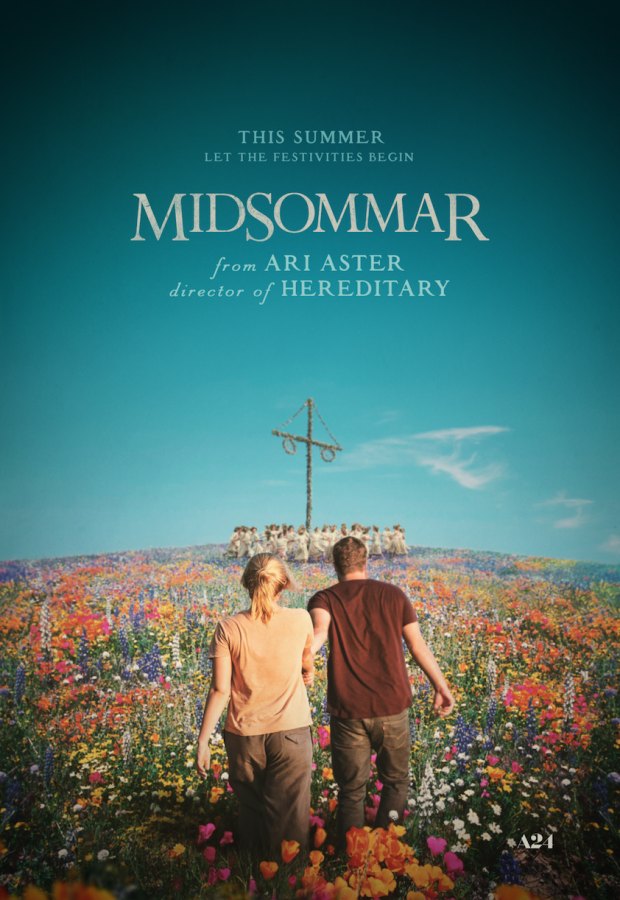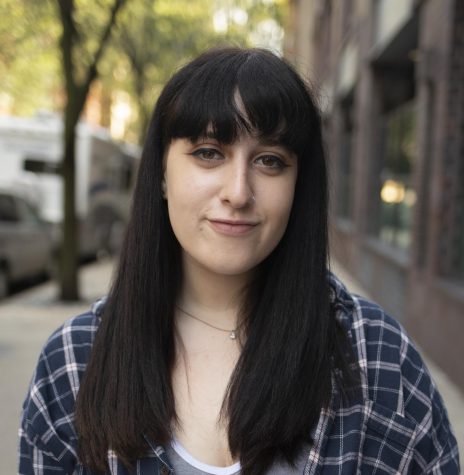There are many reasons why Ari Aster’s new drama “Midsommar” might be not be classified as a horror movie.
Our main location, the village commune of Hårga in Sweden, is bathed in sunlight nearly 24 hours a day. Yet the fact that one can see the entire movie set from just a handful of frames — what is that ominous yellow building in the background? — may give you a different set of chills: you know what’s coming, but aren’t sure exactly what its implications are yet.
Secondly, there are minimal genre-typical scares in the film. At least, there aren’t any of the jumpscares we know from the average horror movie — nothing pops out of a box, and there are none of the groan-inducing jumpscares that have plagued horror films since the slasher film boom of the 1980s. There is not a demon, ghost or poltergeist in sight.
But for a film that runs a lengthy two hours and 27 minutes long, there is enough substance and eeriness to keep the audience captivated throughout. “Midsommar” might appear unconventional, but it delivers, keeping the audience not just focused but white-knuckled, in part thanks to the humanity at the center of the film that provokes a gut sense of dread. After all, much like Aster’s debut “Hereditary”, the primary focus of “Midsommar” is the depravity behind genuine human interaction.
The plot revolves around the breakup of two American 20-somethings (Florence Pugh and Jack Reynor) — a plot better suited for a high school dramedy than a horror film. The suspense and gore of the film goes against all we associate with fields, dancing and sunlight, all of which are images featured in the film. This is something that Aster is aware of and uses to manipulate the audience throughout. It is Aster’s juxtaposition of light and dark, and our unpreparedness for evil to unfold in broad daylight, that makes “Midsommar” unlike any horror movie in recent memory.
That’s not to say that “Midsommar” totally shies away from the traditional elements of horror. Aster is a master of suspense, and keeps the camera looming around a scene for long enough that one can’t look away because we know something is coming; there are also suspenseful fake-outs, giving and taking away a false sense of security. In some scenes, the camera will drift over a dark room long enough for the audience to sense something ghastly in the next few frames, but ultimately, there is nothing there. Unexpectedly, it’s in the glow of broad daylight that the viewer’s loving gaze upon the Swedish countryside is interrupted by horror.
In addition to the daylight scenes, the ambitious sophomore effort wields subtle CGI to produce psychedelic nightmare scenes à la Gaspar Nóe. These hallucinogenic sequences spliced with frames of light quickly render the audience as disoriented as the characters, each day that passes in the film blurring into the next. It is otherworldly and dream-like, yet maintains a linear core story that is simple to follow without breaks for exposition, inviting second and third viewings to fully absorb the minute details.
In the midst of all the ornately painted fixtures and embroidered runic motifs, there is no need for explanation that strays away from the plot. “Hereditary,” rife as it was with ancient scripture and inscrutable subtext, was foggy and head-scratching, and failed to tie up all its loose ends before the credits rolled. “Midsommar”, however, subverts all these shortcomings. It is digestible and no-frills, yet manages to keep the audience on the edge of their seats for two and a half hours. Despite a relative lack of demon-related storylines, “Midsommer” is easily more powerful than its predecessor.
Email Nicole Rosenthal at [email protected].
























































































































































